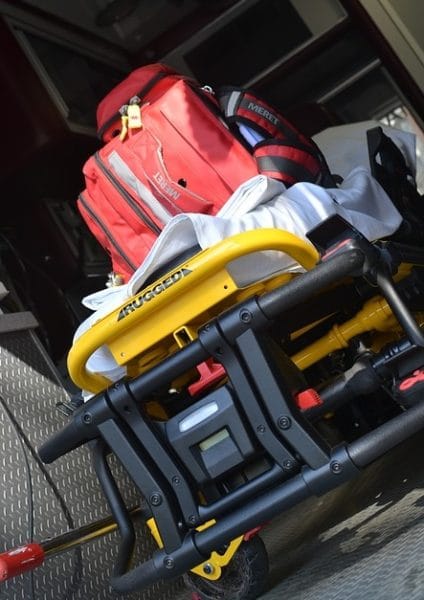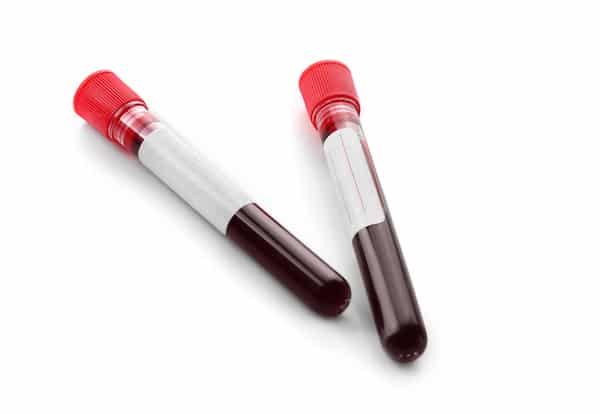
9 Common Pieces of Medical Equipment Used by EMS Teams
In the event of a medical emergency or an auto accident, it will be imperative that emergency medical responders be equipped with a wide variety of equipment. Because EMS never know exactly what to expect when they are called out for a medical emergency, it is best to be prepared for a wide variety of circumstances.
Due to the nature of emergency medical services, it doesn’t matter if the equipment is a brand new or refurbished medical device, as long as it works properly and can provide emergency care. Emergency medical equipment can range from basic stretchers to more complex equipment used to monitor patients in intensive care situations. Here is a list of some of the most common equipment used by EMS.
Jump-Bag
In most situations, a jump-bag is used to carry the majority of the surgical sundries that are going to be needed to treat a patient. These items typically include bandages, drips, syringes, etc. Because the jump-bag is easy to transport, it is often carried to the patient’s side, making it easy to access the necessary supplies. A jump-bag is generally large and has a multitude of pouches. These bags are substantially more comprehensive than a typical first aid bag and can be quite heavy when all supplies and equipment are packed inside.
Bag Valve Mask
When a patient is not breathing or is breathing inadequately, a bag valve mask is typically used to manually provide rescue breaths. Multiple sizes are available to accommodate adults, children, and infants. This device works by connecting to an oxygen cylinder and then placing the mask over the patient’s face. The paramedic will then squeeze the device, allowing oxygen to follow into the patient’s lungs.
Suction Unit
If a patient has secretions or fluids blocking their airway, a suction unit can be used to clear the airway. A sterile catheter is attached to the suction unit with surgical tubing, to create suction. This allows the secretions or fluids to be suctioned out of the patient’s airway and collected in a container attached to the end of the unit.
Medication Bag
A medication bag is roughly the size of your hand and is used to carry medications that paramedics may need to administer to patients. These bags are typically padded to protect the medications within. While all paramedics carry these bags with them, the size, amount, and type of prescriptions will vary depending on the paramedic’s qualifications.
Trauma/Spinal Board
A trauma/spinal board is used to provide rigid support to patients who are suspected of spinal injuries. If further securing devices are needed, trauma/spinal boards can be used in conjunction with a spider harness and/or head blocks. Although they are intended to be used for patients who are suspected of having spinal injuries, they can also be used to carry patients short distances when needed.
ECG Monitor with Defibrillator
The primary function of an ECG monitor with a defibrillator is to display the patient’s ECG on the built-in screen, allowing paramedics and other medical personnel to monitor the patient. There are several models available, ranging from basic to advanced. The basic models are automated, requiring the paramedic to attach the monitor to the patient, then to follow the voice prompts from the monitor. Advanced models have more patient-monitoring equipment built into the monitor. The defibrillator is used to shock cardiac arrhythmias, not to jump-start the heart as is often depicted in TV shows and movies.
Incubators
Incubators are used to keep neonates safe and warm during transportation via ambulance during pre-hospital and inter-hospital transfers. The use of an incubator to transport neonates and babies requires intermediate or advanced life support paramedics, who are trained to monitor neonates in an incubator.
Ventilators
Advanced life support paramedics operate ventilators, which are designed to mechanically move air into the lungs of patients who are not breathing or are breathing inadequately. The attending paramedic is will need to adjust the settings, including changing the rate and depth of the ventilation.
Infusion Pumps
Infusion pumps are important devices that control the rate at which medication is administered to a patient. They require an advanced life support paramedic and are generally used when transferring patients between hospitals. The rate and amount of fluid delivered are controlled by changing the settings on the device.
Rest assured that when emergencies happen, whether they are using a refurbished medical device or a brand new one, emergency services will be there to provide you with the help you need.




